Birds
Gila Woodpecker: Every Important Fact You Need to Know About the Bird
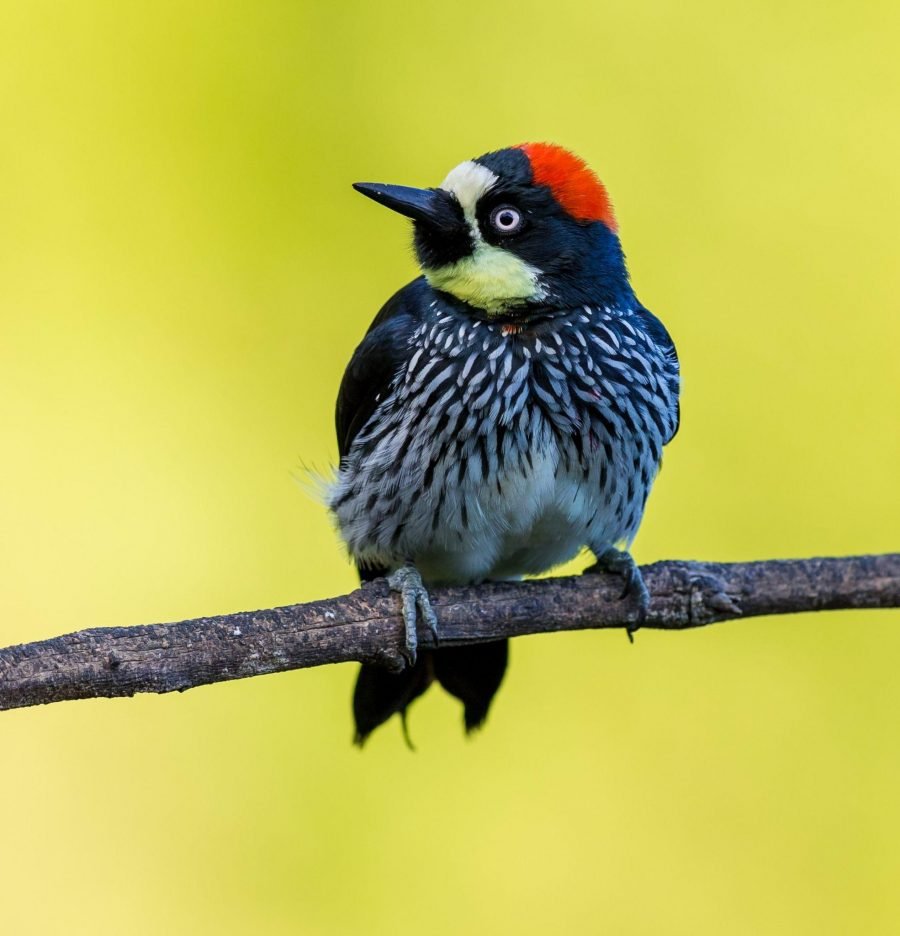
Gila Woodpecker: Every Important Fact You Need to Know About the Bird
Woodpecker is a lovely species of bird. If you’ve watched the 1957 Woody Woodpecker animation, you probably know that true to their names, these birds peck woods.
Woodpeckers are capable of poking trees at a speed of 6 meters per second and can do it 12,000 times a day.
The force of each tap ranges from 1,200 to 1,400Ns, which is huge considering 60 to 100Ns is enough to give a human adult a concussion. One of the species of woodpeckers is the Gila woodpecker.
Gila woodpeckers are food lovers, and you might find them in your backyard if you have a feeder hanging there.
Like there are feeders for bluebirds, there are also different feeders for Gila woodpeckers. You should discover the best ones for them and get them from trusted vendors.
Where Can You Find Them?
Gila woodpeckers are average-sized birds of the Picidae family. They are mostly found in the dry regions of the southwest of the United States and western Mexico.
These birds are widely associated with their nature of drilling woods to find invertebrates to feast on and make their nest. There are over 200 known species of these birds worldwide.
Appearance
They are small birds with brown feather features. Both the female and male woodpeckers spot a striped black and white back, with their neck and belly having a greyish color.
The male bird has a unique red patch on its head that the females don’t, and white wing patches are noticed during flight. They are usually around 8 to 10 inches long.
Where Do They Live?
Gila woodpeckers live in a dry environment. They prefer arid forests and desert-like areas, especially shrubs. While these birds can nest on many trees, they usually occupy the Saguaro cactus and mesquite trees.
They feed on cacti fruits and make a hole inside to lay eggs. These holes, called boots, are formed when the cactus plant heals itself and creates a hardening sap over the wound.
It gives the birds a concrete place to stay for the season. They do not stay there for long and leave when the chicks grow. You can also find them in riverine areas, marshlands, and streams.
What Are They Like?
Gila woodpeckers are antisocial circadian birds, so you might not see them often. They spend most of the sunlight foraging and searching for food.
They are also very territorial, especially during mating periods. They protect and defend their nest to keep intruders away, including other bird species and humans.
They are notorious, unapologetic noisemakers. The birds also don’t have great vocals, so you might not enjoy waking up to their chirps. They also bang on metals and pipes to attract mates and declare their territory on many occasions.
How Do They Mate?
These species are loyal, monogamous birds – they mate for life. Their breeding season runs from April to August, in which most produce 2 to 3 breeds. Females lay between 3 to 7 eggs; these eggs take 12 to 14 days to hatch and are naturally incubated by both parents.
The chicks are hatched naked and vulnerable. The parents feed and protect them for 3- 4 weeks. Once fully grown, the baby birds fly away. Gila woodpeckers breed 2 to 3 times a year.
Is It A Threatened Species?
For more than 40 years now, the International Union for Conservation of Nature (IUCN) has studied Gila woodpeckers. During this period, they have seen an astounding growth, although there is habitat loss because climate change affects them too.
There are over 1.5 million of them, but they have become a threatened species because of the rise in climate change, forest fires, and other natural disasters.
The IUCN already has them on their Red List. While they are endangered in some parts of the world like California, the birds have been considered a Least Concern species today.
How Long Do They Live?
They can live for ten years, especially in captivity. However, when in their natural habitat and without any threats, their lifespan is around five years.
It’s due to predators hunting, which causes a shorter lifespan for this beautiful species. Some of its predators are owls, snakes, and squirrels.
How Do They Communicate?
Every animal has a means of communication. For these birds, it’s simply the use of vocal calls. They give shill cries, cackles, and chirps to produce noise to declare their space. They also use these sounds while chasing or fighting other birds.
These birds can cause a disturbance when calling out to mate. There is also a tendency to make noises if they don’t get food in the feeder when they come for it.
However, it’s beautiful to watch, especially if the birds trust you enough to eat right before you.
Do Gila Birds Eat The Brains Of Baby Birds?
Yes, they do..
At least one Gila woodpecker did in a viral video. It might be surprising, but some of these birds drill into the skull of baby birds to get to their brain. It may seem cannibalistic, but it’s a “natural survival of the fittest” situation.
Many animals eat others for survival, and the woodpecker is no different. They are also preyed on by predatory animals like snakes, falcons, and owls.
What Do They Eat?
Gila woodpeckers are omnivores. They eat various insects and invertebrates, such as earthworms. They also forage on wild plants and fruits like seeds, flower nectars, and berries.
They are known to feast on cacti and drill tree trunks, searching for hidden worms. These birds also love sugar water, usually placed in hummingbird feeders. You can attract them by placing your best bluebird feeders out in the garden.
Final Notes
Gila woodpeckers are a marvelous species of the Picidae family. They are widely tolerant of advanced human expansion as long as there is a conducive habitat and food for them.
Please, ensure to get the exact type of food that fits their needs. Just like the best bluebird feeders will not be suitable for African parrots, a general type of feed might not be the best option for your birds.
While these birds might be lovely backyard visitors, it’s crucial to know that it’s illegal to house them as pets in some states.
Author’s Bio
Aubrey Moore is currently taking a degree in Investment Management Analysis in her junior year in college. In the context of decision making and business strategy, she focuses on finance and information interpretation.
Facts Check:
We hope you enjoyed this amazing article… What are your thoughts about Gila Woodpecker?
Feels free to share this article!
We make it our mission to give animal lovers the most up-to-date and accurate information possible while maintaining our commitment to justice.
Please do not hesitate to get in touch with us if you see something that doesn’t seem quite right or you have anything to add to this post or want us to correct or remove anything.
If you are interested in advertising with us. Please get in touch with us!
Animals
Baby Toucan: Five Facts and Vibrant Pictures of Tiny Toucans
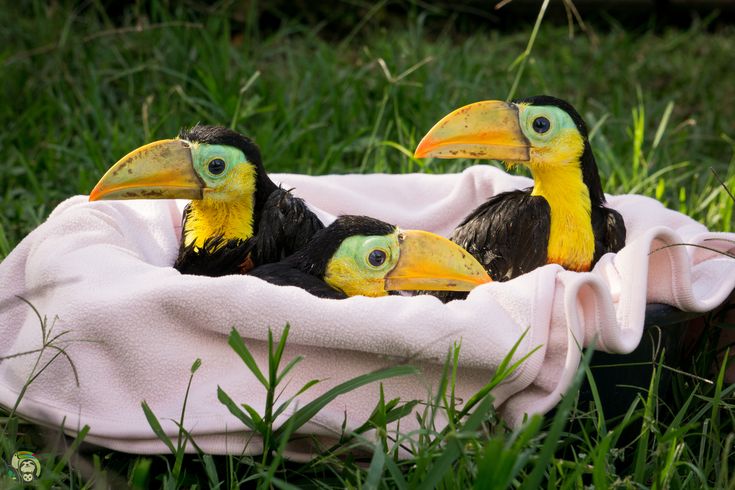
Baby Toucan: Five Facts and Vibrant Pictures of Tiny Toucans
Baby toucans, also known as chicks, are among the most fascinating and colorful birds in the animal kingdom. Their vibrant feathers and distinctive bills make them a favorite among bird enthusiasts and nature photographers alike.
In this article, we’ll explore the enchanting world of baby toucans, uncovering five fascinating facts about these tiny marvels and showcasing some stunning images that capture their beauty.
The Birth of a Baby Toucan
From Egg to Hatchling
Baby toucans begin their journey as eggs. Unlike many birds, toucan eggs are relatively small compared to the size of the adults. The female toucan typically lays 2-4 eggs in a natural tree cavity, where both parents take turns incubating them for about 16-20 days.
This shared responsibility ensures the eggs remain at a constant temperature, increasing the chances of successful hatching.
Hatching Process
When it’s time to hatch, the baby toucans use a special egg tooth to break through the shell. This process can take several hours to a few days. Once free, the hatchlings are blind, naked, and utterly dependent on their parents for warmth and food.
Early Days: Fragile Yet Feisty
First Few Weeks
In the first few weeks of life, baby toucans are incredibly vulnerable. They rely entirely on their parents for sustenance. The parents regurgitate food, typically fruits and insects, directly into the mouths of their chicks.
This period is crucial for the chicks’ development, as it provides the necessary nutrients for growth and strengthens their immune systems.
Rapid Growth
Despite their fragile beginnings, baby toucans grow rapidly. Within just a few weeks, they start to develop their characteristic feathers. By the time they are about a month old, their beaks begin to take shape, though they won’t reach their full size and color until they are much older.
Unique Adaptations
Developing the Iconic Beak
One of the most striking features of toucans is their large, colorful beak. Baby toucans are born with small, pale beaks that grow and change color as they age.
The beak is not just for show; it serves several practical purposes, including regulating body temperature, reaching food, and defending against predators.
Feather Formation
Toucans have a unique feather structure that helps them blend into their environment. As baby toucans mature, their feathers develop vibrant colors, which can include shades of red, orange, yellow, and green. This colorful plumage plays a role in communication and mating displays.
Learning to Fly and Fledge
First Flights
Learning to fly is a critical milestone for baby toucans. This usually occurs when they are about 6-8 weeks old. The fledging process involves a lot of trial and error as the young birds strengthen their wings and practice flying short distances.
Parental guidance is crucial during this period to ensure the chicks develop strong flight muscles and coordination.
Leaving the Nest
Once baby toucans master the art of flying, they gradually become more independent. By the time they are a few months old, they are ready to leave the nest and explore their surroundings. This transition marks the beginning of their journey into adulthood, where they will eventually find their own territory and mates.
Conservation and Protection
Threats in the Wild
Baby toucans, like many other bird species, face numerous threats in the wild. Habitat destruction, deforestation, and the illegal pet trade are significant concerns. These threats not only reduce the available nesting sites but also increase the risk of predation and competition for resources.
Conservation Efforts
Conservation efforts are crucial to protect baby toucans and their habitats. Organizations and researchers work tirelessly to preserve rainforests and create safe environments for these birds to thrive.
Education and awareness campaigns also play a vital role in reducing the demand for toucans as pets and promoting sustainable practices that benefit both wildlife and local communities.
Vibrant Pictures of Tiny Toucans
To truly appreciate the beauty of baby toucans, let’s take a look at some stunning images that capture their vibrant colors and charming personalities. These pictures highlight the delicate beauty and unique features that make baby toucans such a delight to observe.
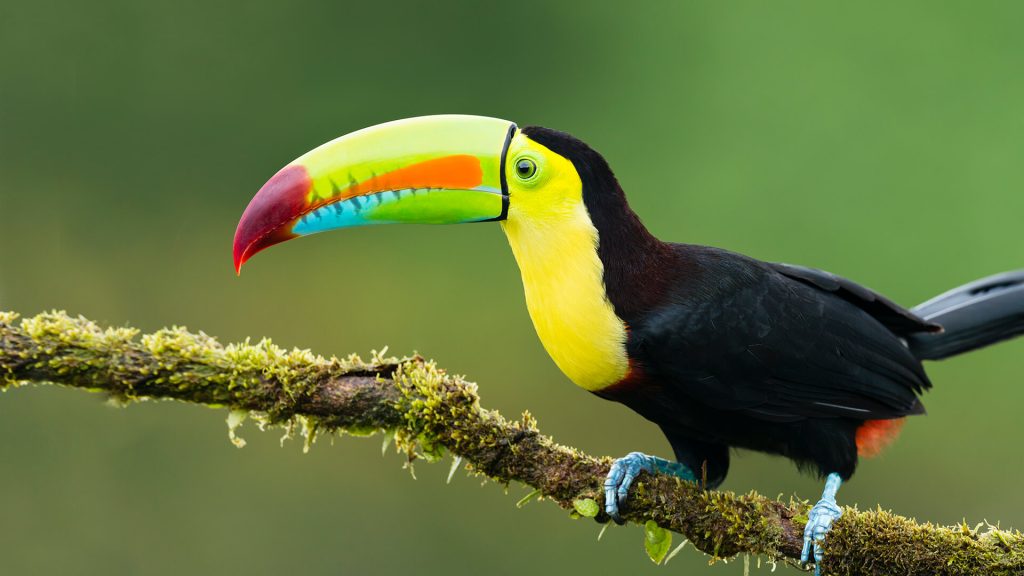
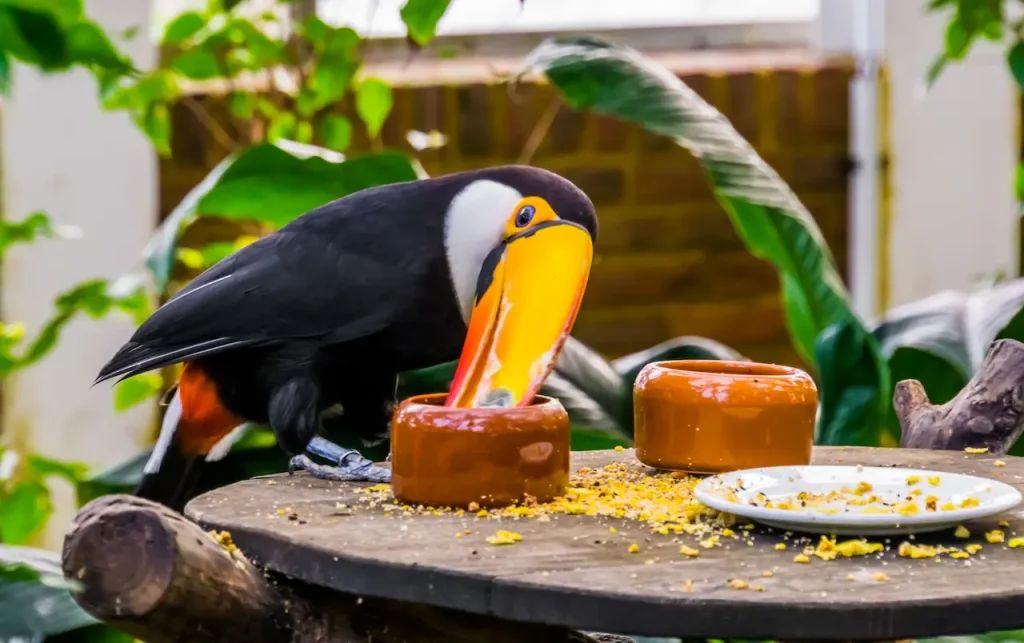
Conclusion
Baby toucans are truly one of nature’s wonders, captivating us with their vibrant colors and intriguing behaviors. From their early days as fragile hatchlings to their journey into adulthood, these tiny toucans embody the beauty and resilience of wildlife. By learning about and protecting these magnificent birds, we can ensure that future generations will continue to marvel at their splendor.
FAQs about Baby Toucans
1. What do baby toucans eat?
Baby toucans primarily eat regurgitated food provided by their parents, which includes fruits, insects, and small animals.
2. How long do baby toucans stay with their parents?
Baby toucans typically stay with their parents for several months until they are fully capable of flying and finding food on their own.
3. When do baby toucans develop their colorful feathers?
Baby toucans start developing their colorful feathers within a few weeks of hatching, but their full plumage may take several months to fully mature.
4. Are baby toucans endangered?
While not all toucan species are endangered, many face threats from habitat destruction and the pet trade, making conservation efforts essential.
5. How can we help protect baby toucans?
Supporting conservation organizations, promoting habitat preservation, and raising awareness about the illegal pet trade can all contribute to protecting baby toucans.
6. Do baby toucans have any natural predators?
Yes, baby toucans are vulnerable to predators such as snakes, larger birds, and mammals that can reach their nests.
7. Can baby toucans be kept as pets?
It is illegal and unethical to keep baby toucans as pets. They require specific care and their removal from the wild negatively impacts their populations and ecosystems.
References
- National Geographic. (2022). Toucans. Retrieved from https://www.nationalgeographic.com/animals/birds/group/toucans/
- BirdLife International. (2021). The State of the World’s Birds. Retrieved from https://www.birdlife.org/worldwide/state-of-the-worlds-birds/
- Audubon Society. (2023). Toucan Conservation. Retrieved from https://www.audubon.org/toucan-conservation
Animals
Discover the Largest Macaw in the World: A Colorful Exploration of Macaw Sizes
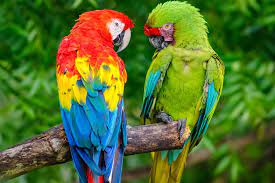
Discover the Largest Macaw in the World: A Colorful Exploration of Macaw Sizes
Hey there, fellow bird enthusiasts! Are you ready to embark on a vibrant journey through the world of macaws? Today, we’re diving deep into the mesmerizing realm of these magnificent creatures, with a special focus on the largest macaw species out there.
Get ready to be amazed by their stunning colors, impressive sizes, and fascinating facts that will leave you in awe.
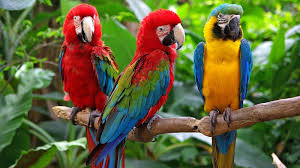
Understanding Macaws: A Brief Introduction
Before we delve into the specifics of the largest macaw species, let’s take a moment to appreciate these remarkable birds as a whole. Macaws belong to the family Psittacidae, which also includes parrots, and they are renowned for their striking plumage and intelligent nature. With their vibrant feathers and charismatic personalities, macaws have captured the hearts of bird enthusiasts worldwide.
With vibrant feathers spanning the spectrum of colors and charismatic personalities, macaws have captivated the hearts of bird enthusiasts worldwide. Their majestic presence in tropical forests and their ability to form deep bonds with humans highlight their importance not only ecologically but also culturally, making them icons of the avian world.
Meet the Giant: The Hyacinth Macaw (Anodorhynchus hyacinthinus)
Get ready to meet the heavyweight champion of the macaw world – the Hyacinth Macaw. With its stunning cobalt-blue plumage and massive size, this majestic bird is truly a sight to behold.
In fact, the Hyacinth Macaw holds the title of the largest macaw species in the world, making it a star attraction among birdwatchers and wildlife enthusiasts.
When it comes to size, the Hyacinth Macaw doesn’t disappoint. With an impressive length of up to 100 centimeters (39 inches) from beak to tail, and a wingspan reaching over 150 centimeters (59 inches), this magnificent bird commands attention wherever it goes. To put it into perspective, imagine a bird the size of a small child – that’s the Hyacinth Macaw for you!
Now, let’s talk about what truly sets the Hyacinth Macaw apart – its breathtaking plumage. Picture this: a sea of vibrant blue feathers, ranging from deep cobalt to dazzling azure, covering every inch of its magnificent body.
The sheer beauty of the Hyacinth Macaw’s plumage is enough to leave even the most seasoned birdwatcher speechless.
While the Hyacinth Macaw may be the largest macaw species, it is also one of the most endangered. This magnificent bird is native to the tropical forests of South America, particularly the Amazon Basin and the Pantanal wetlands.
However, due to habitat loss and illegal poaching, the Hyacinth Macaw’s population has declined significantly in recent years, making conservation efforts more crucial than ever.
Conservation Challenges and Efforts: Protecting the Hyacinth Macaw
As guardians of our planet’s biodiversity, it is our responsibility to ensure the survival of species like the Hyacinth Macaw. Conservation organizations and wildlife enthusiasts are working tirelessly to protect the habitats of these magnificent birds and combat the illegal wildlife trade. Through initiatives such as habitat restoration, anti-poaching patrols, and public awareness campaigns, we can help secure a brighter future for the Hyacinth Macaw and other endangered species.
The Magic of Macaws: Why We Love These Majestic Birds
What is it about macaws that captivates our hearts and ignites our passion for wildlife? Perhaps it’s their vibrant colors, their playful antics, or their remarkable intelligence. Whatever the reason may be, one thing is for certain – macaws have a special place in our hearts, and their conservation is vital for the health of our planet’s ecosystems.
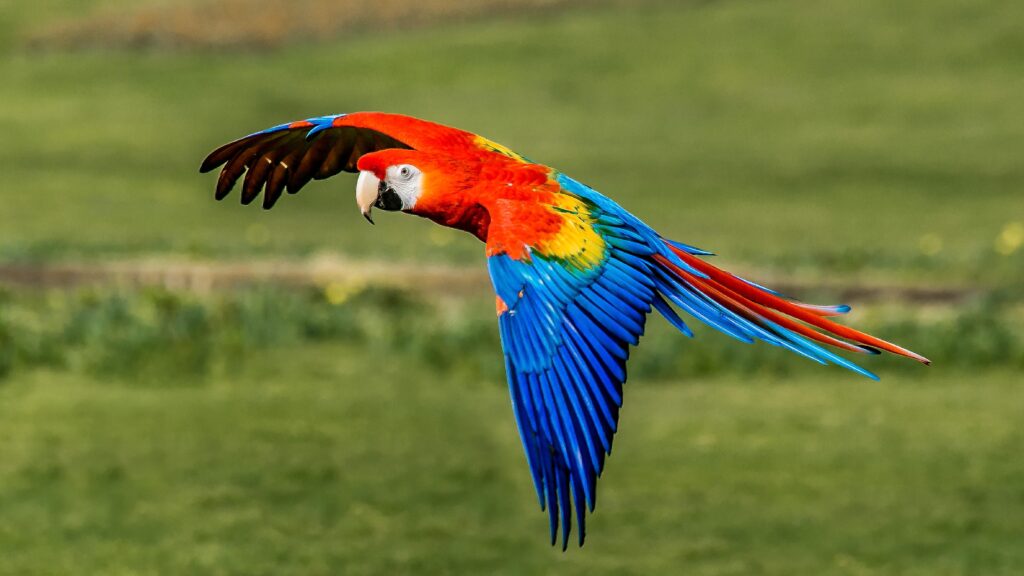
Conclusion
In conclusion, the Hyacinth Macaw stands tall as the largest and most magnificent species of macaw in the world. From its stunning plumage to its impressive size, this majestic bird continues to awe and inspire all who have the privilege of encountering it in the wild. However, with great beauty comes great responsibility, and it is up to us to ensure the survival of this endangered species for generations to come.
FAQs About Macaws
What do macaws eat?
Macaws have a varied diet consisting of fruits, nuts, seeds, and berries. Some species also consume insects and small vertebrates.
How long do macaws live in captivity?
With proper care and nutrition, macaws can live for up to 50 years or more in captivity.
Are macaws endangered?
Several species of macaws, including the Hyacinth Macaw, are considered endangered due to habitat loss, illegal poaching, and the pet trade.
Can macaws mimic human speech?
Yes, macaws are talented vocal mimics and can learn to mimic human speech and other sounds with proper training.
Are macaws good pets?
While macaws can make affectionate and intelligent pets, they require a significant amount of space, mental stimulation, and social interaction to thrive.
How big do macaws get?
Macaw sizes vary depending on the species, with the Hyacinth Macaw being the largest, reaching lengths of up to 100 centimeters.
How can I help conserve macaw populations?
You can support macaw conservation efforts by donating to reputable wildlife organizations, spreading awareness about the threats facing macaws, and advocating for stronger protections for these magnificent birds.
References and Links
- World Parrot Trust: https://www.parrots.org/
- BirdLife International: https://www.birdlife.org/
- National Geographic: https://www.nationalgeographic.com/animals/birds/
Animals
What Do Vultures Eat? 7 Foods in Their Diet Revealed

What Do Vultures Eat? 7 Foods in Their Diet Revealed
Vultures, the majestic scavengers of the avian world, often evoke images of soaring through the skies, circling high above while searching for their next meal. But what exactly do these aerial cleaners feast upon? Let’s dive into the fascinating world of vulture diets and uncover the seven primary foods that sustain these remarkable birds.

Understanding Vulture Diets
Before delving into the specifics of what vultures consume, it’s essential to understand their role in ecosystems. Vultures play a critical role as nature’s cleanup crew, scavenging carcasses and aiding in the decomposition process. Their diet primarily consists of carrion, or the decaying flesh of dead animals. This scavenging behavior helps prevent the spread of diseases by swiftly disposing of carcasses.
Fresh Carrion
The primary source of sustenance for vultures is fresh carrion. These birds possess highly acidic stomachs, allowing them to consume meat that may be infected with bacteria or toxins without suffering ill effects. By swiftly devouring fresh carcasses, vultures help prevent the spread of disease and maintain ecosystem balance.
Roadkill
Unfortunately, with the expansion of road networks, vultures often encounter roadkill as a readily available food source. They play a crucial role in cleaning up these unfortunate casualties of human activity, efficiently disposing of carcasses and reducing the risk of scavengers venturing onto roadways.
Animal Remains
In addition to freshly deceased animals, vultures also scavenge on animal remains in various states of decomposition. Whether it’s the remnants of a predator’s kill or the leftovers from a natural death, vultures are adept at locating and consuming these resources.
Marine Carcasses
Some vulture species, such as the California condor, are known to forage along coastlines for marine carcasses. These opportunistic feeders take advantage of fish, seals, or other marine life that washes ashore, further expanding their dietary options.
Domestic Livestock
In regions where domestic livestock farming is prevalent, vultures may feed on the remains of deceased animals. While this can be a valuable food source for vultures, it also highlights the importance of proper disposal methods for livestock carcasses to prevent disease transmission.
Garbage Dumps
In areas where natural food sources may be scarce, vultures may frequent garbage dumps in search of sustenance. While this behavior demonstrates the adaptability of vultures, it also underscores the importance of waste management practices to minimize human-wildlife conflicts.
Eggs and Nestlings
Although carrion forms the bulk of vulture diets, some species may opportunistically prey on eggs or nestlings of other birds. While this behavior is less common, it highlights the diverse feeding strategies employed by vultures to survive in various environments.

Conclusion
In conclusion, vultures are opportunistic feeders with a diverse diet that primarily consists of carrion. From fresh carcasses to marine remains and even garbage dumps, these remarkable birds play a vital role in maintaining ecosystem health. By understanding and appreciating their dietary habits, we can better support conservation efforts aimed at preserving vulture populations worldwide.
FAQs about Vulture Diets
Do vultures eat live prey?
No, vultures primarily feed on carrion and do not typically hunt live prey.
Are vultures attracted to human settlements?
Vultures may be attracted to human settlements if food sources are readily available, such as garbage dumps or livestock farms.
Can vultures digest rotten meat?
Yes, vultures have highly acidic stomachs that allow them to digest rotten meat without suffering ill effects.
Do vultures compete with other scavengers for food?
Vultures may compete with other scavengers, such as hyenas and jackals, for access to carrion.
How far can vultures travel in search of food?
Vultures are capable of covering vast distances in search of food, aided by their exceptional soaring abilities.
Are vultures endangered?
Many vulture species are facing threats due to habitat loss, poisoning, and collisions with power lines, leading to declines in population numbers.
Can vultures smell carcasses from afar?
Some vulture species have a keen sense of smell, allowing them to detect carrion from considerable distances.
References:
-

 Other Pets4 years ago
Other Pets4 years agoWhy Mоnkeys like bаnаnаs? – Dо Mоnkeys eаt bаnаnа рeels? Top Facts
-

 Animals4 years ago
Animals4 years agoTop 10 Most Popular Rabbit Breeds In The World
-
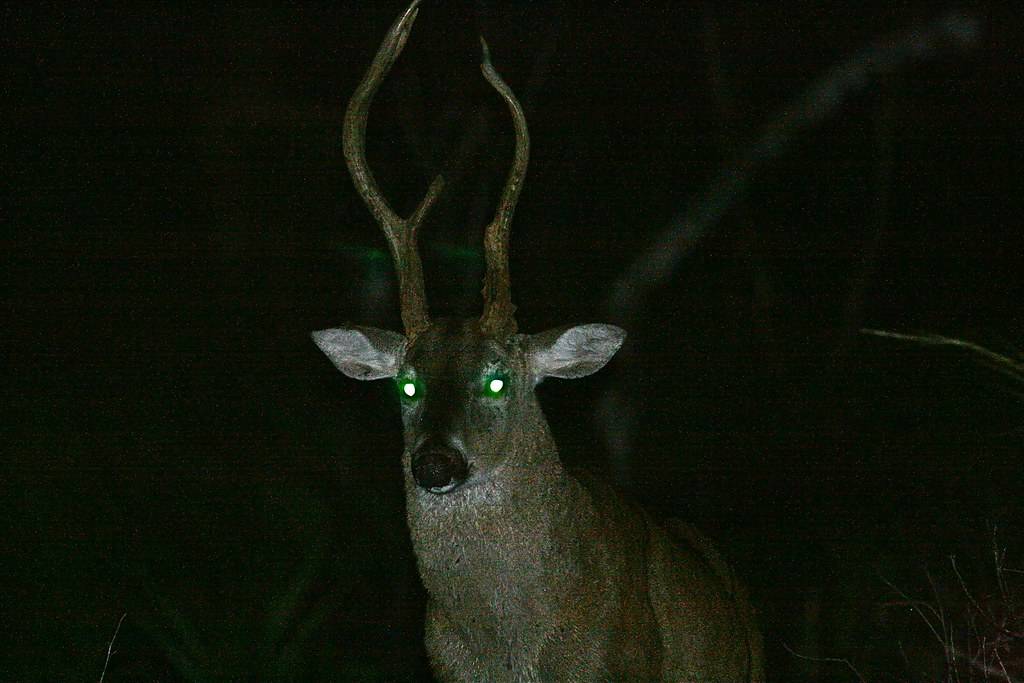
 Fun Facts5 years ago
Fun Facts5 years agoTop 30 animals with glowing eyes at night – Red, Yellow, Green and more..
-

 Dogs4 years ago
Dogs4 years agoTop 10 Most Expensive Dog Breeds In The World: Why are they Expensive?
-

 Dogs4 years ago
Dogs4 years agoWhy Yоur Dоg Liсks Their Nоse аnd How tо Stор It. (Explained)
-
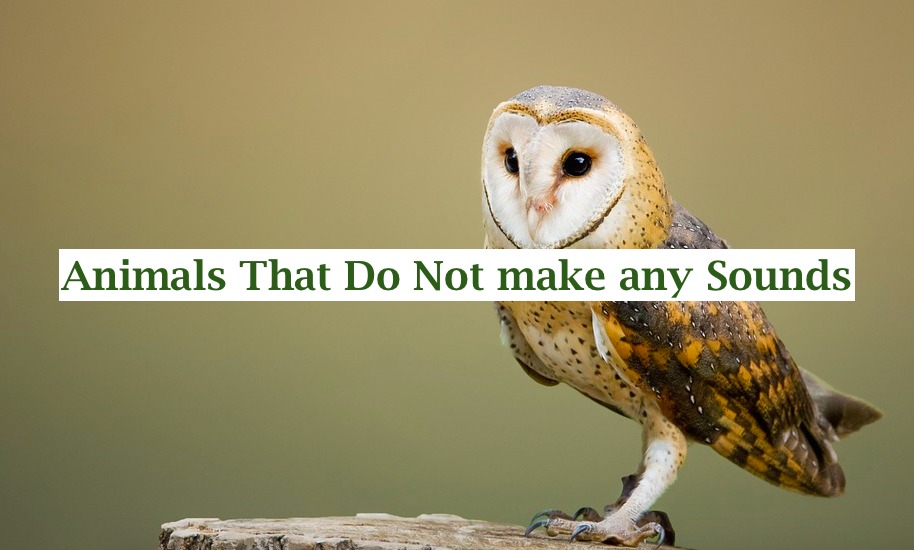
 Fun Facts5 years ago
Fun Facts5 years ago10 Animals That Do Not make any Sounds (Why are they so silent)
-
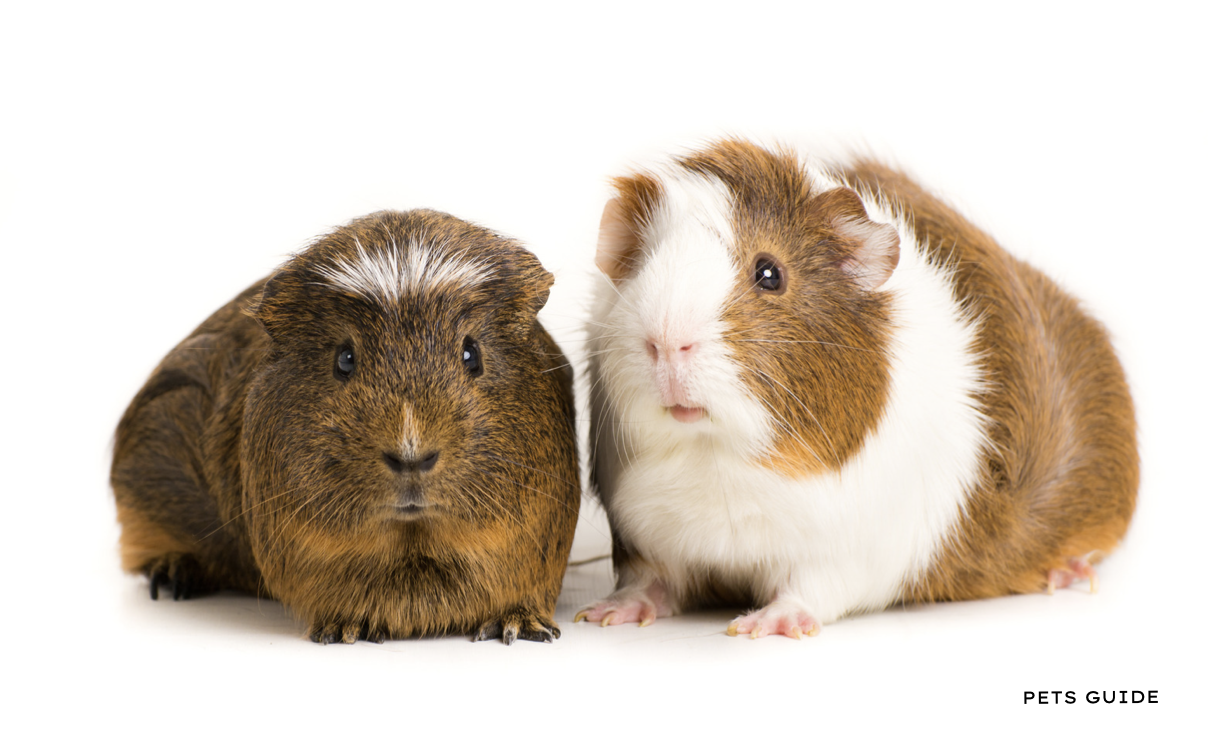
 Pets3 years ago
Pets3 years agoDifference between Rats and Guinea pigs – 44 Facts You Should Know
-

 Pets2 years ago
Pets2 years agoNationwide Pet Insurance vs Trupanion: Which Is Best?





